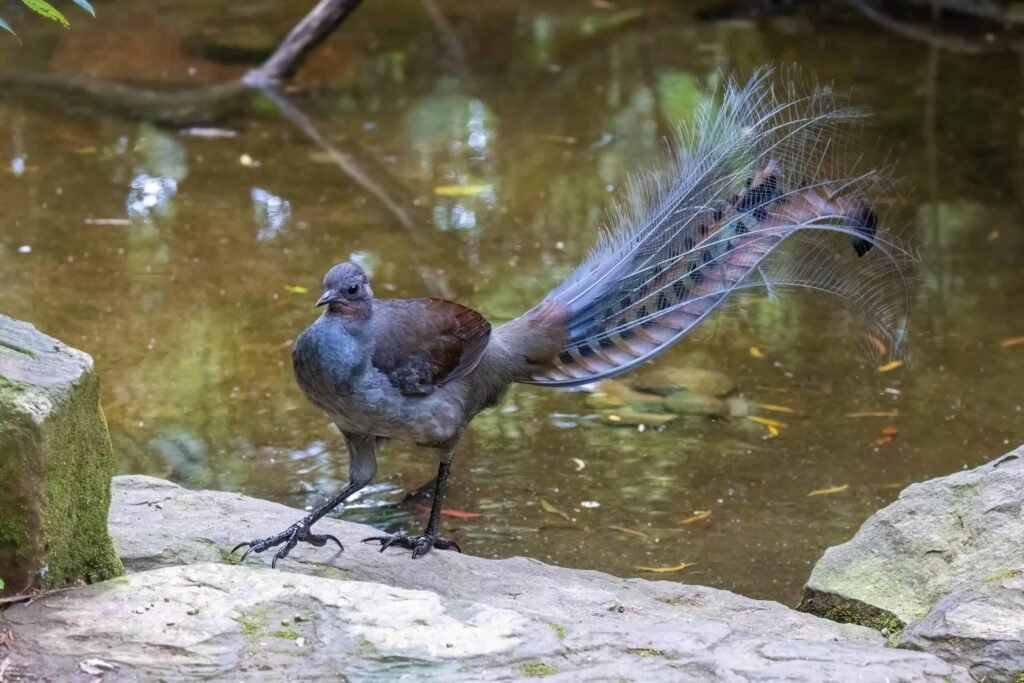Imagine walking through a quiet Australian forest when, suddenly, you hear the piercing wail of a car alarm, the roar of a chainsaw, or even the echo of your own words. Yet, when you follow the sound, you find not a machine or a person—but a bird, its tail fanned in glorious display, singing out the world around it. This is not a scene from a fantasy novel; it’s the astonishing reality of the lyrebird, a creature whose vocal talents defy belief and whose mimicry has stunned scientists and nature lovers alike. The lyrebird’s story is one of surprise, ingenuity, and an almost magical connection between animal and environment, blurring the lines between the wild and the human-made.
Meet the Lyrebird: Nature’s Master Impressionist

The lyrebird is often described as the world’s greatest mimic, a title that it wears with justifiable pride. Native to Australia, there are two main species: the superb lyrebird and the Albert’s lyrebird. What makes these birds truly unique is their extraordinary ability to imitate almost any sound they hear, from the songs of other birds to the most unlikely noises of modern life. Their tails, shaped like a lyre—a musical instrument—only add to their mystique, especially when the males perform elaborate dances while singing. With a body cloaked in earthy browns and grays, the lyrebird is camouflaged in the forest, but its voice is impossible to ignore.
Unbelievable Sound Mimicry: From Chainsaws to Camera Shutters
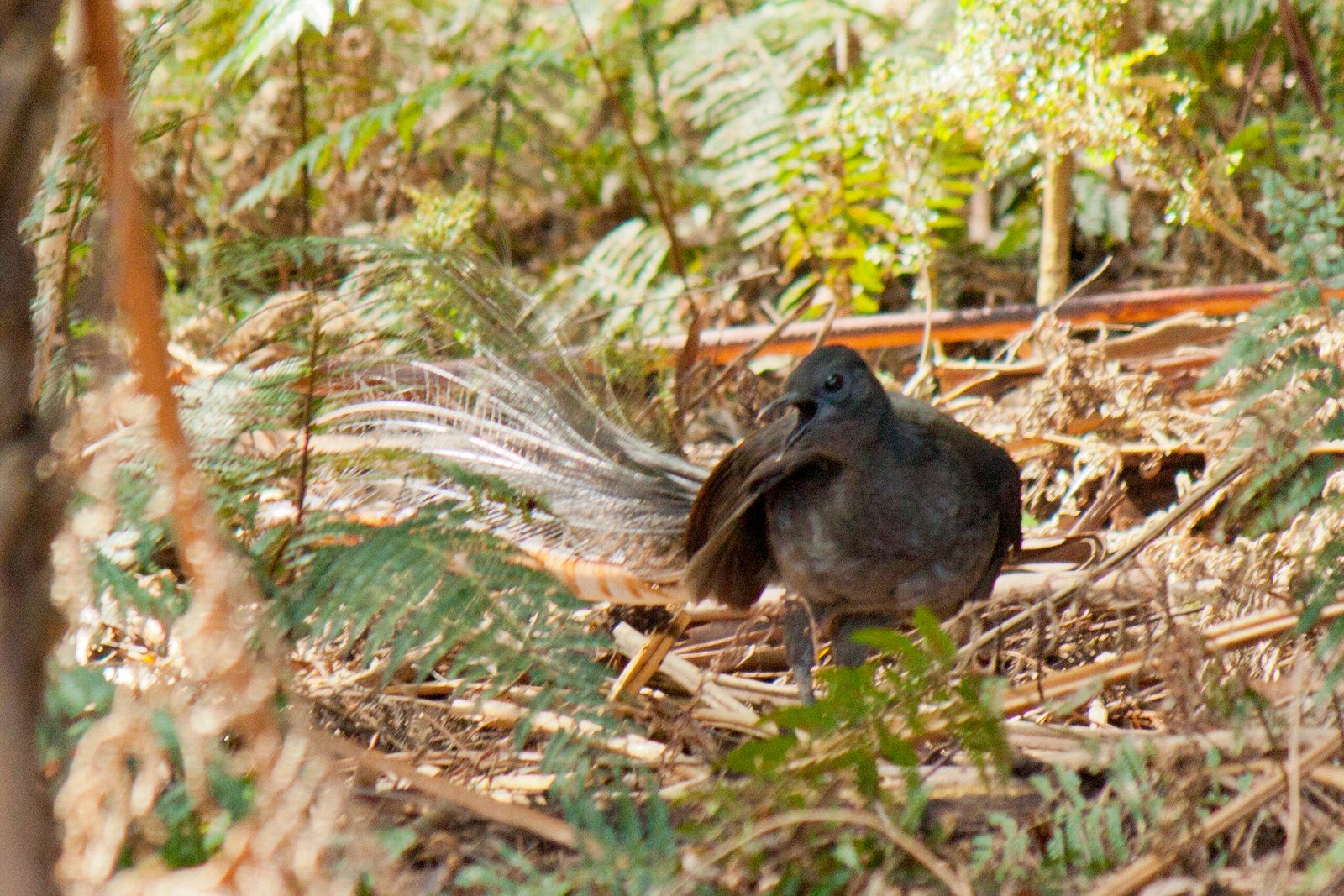
Witnessing a lyrebird in action feels almost surreal. Researchers have recorded lyrebirds flawlessly copying the revving of chainsaws, the distinct click of camera shutters, the shrill ring of car alarms, and even the barking of dogs. Incredibly, these birds can also mimic the calls of at least twenty other bird species with perfect clarity, often stringing them together into complex, ever-changing medleys. This breathtaking talent has been documented in the wild and in captivity, leaving listeners both amused and amazed. The lyrebird’s vocal cords are so versatile that even experts can be fooled into thinking they’re hearing the real thing.
How Do Lyrebirds Mimic Sounds So Perfectly?
The secret behind the lyrebird’s mimicry lies within its specialized voice box, called a syrinx. Unlike most birds, the lyrebird’s syrinx is highly developed, allowing it to control pitch, volume, and timbre with astonishing precision. Scientists believe that this anatomical marvel, combined with excellent auditory memory, enables the lyrebird to practice and perfect any sound it hears. Young lyrebirds learn by listening to adults and their environment, constantly refining their repertoire through repetition. Their brains, much like those of human musicians, are wired for complex sound analysis and reproduction.
The Role of Mimicry in Lyrebird Communication
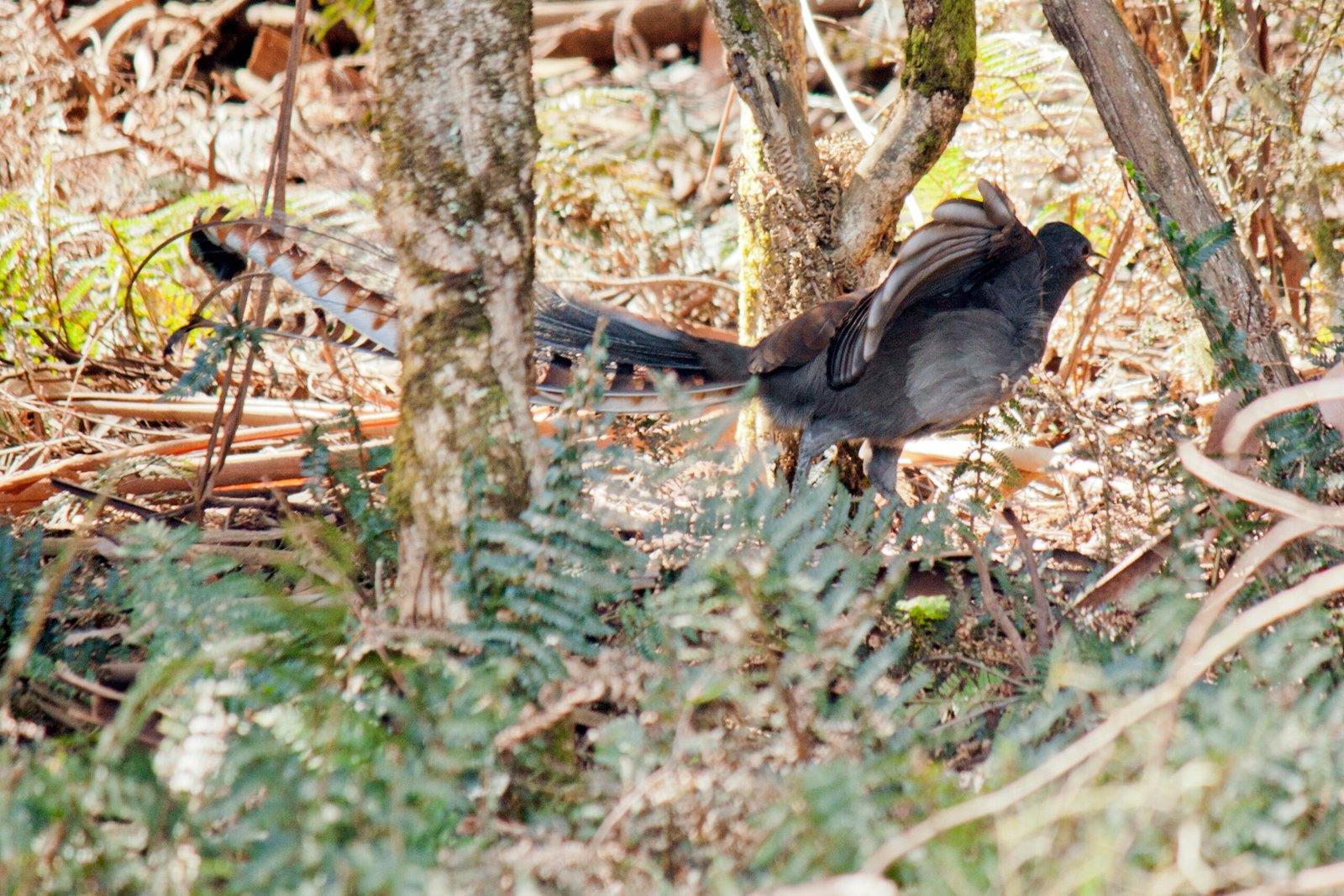
The lyrebird’s remarkable mimicry isn’t just a party trick—it’s a crucial tool for survival and reproduction. Male lyrebirds use their vast array of sounds to attract females during the breeding season, creating impressive performances that showcase their vocal prowess. Females listen carefully, choosing mates whose songs are the most varied and skillful. Mimicking the calls of predators or alarming noises may also help lyrebirds ward off threats or confuse rivals. In this way, their mimicry becomes a dynamic part of their social lives, woven into the very fabric of their identity.
Lyrebirds and Human Encounters: Awe and Amusement
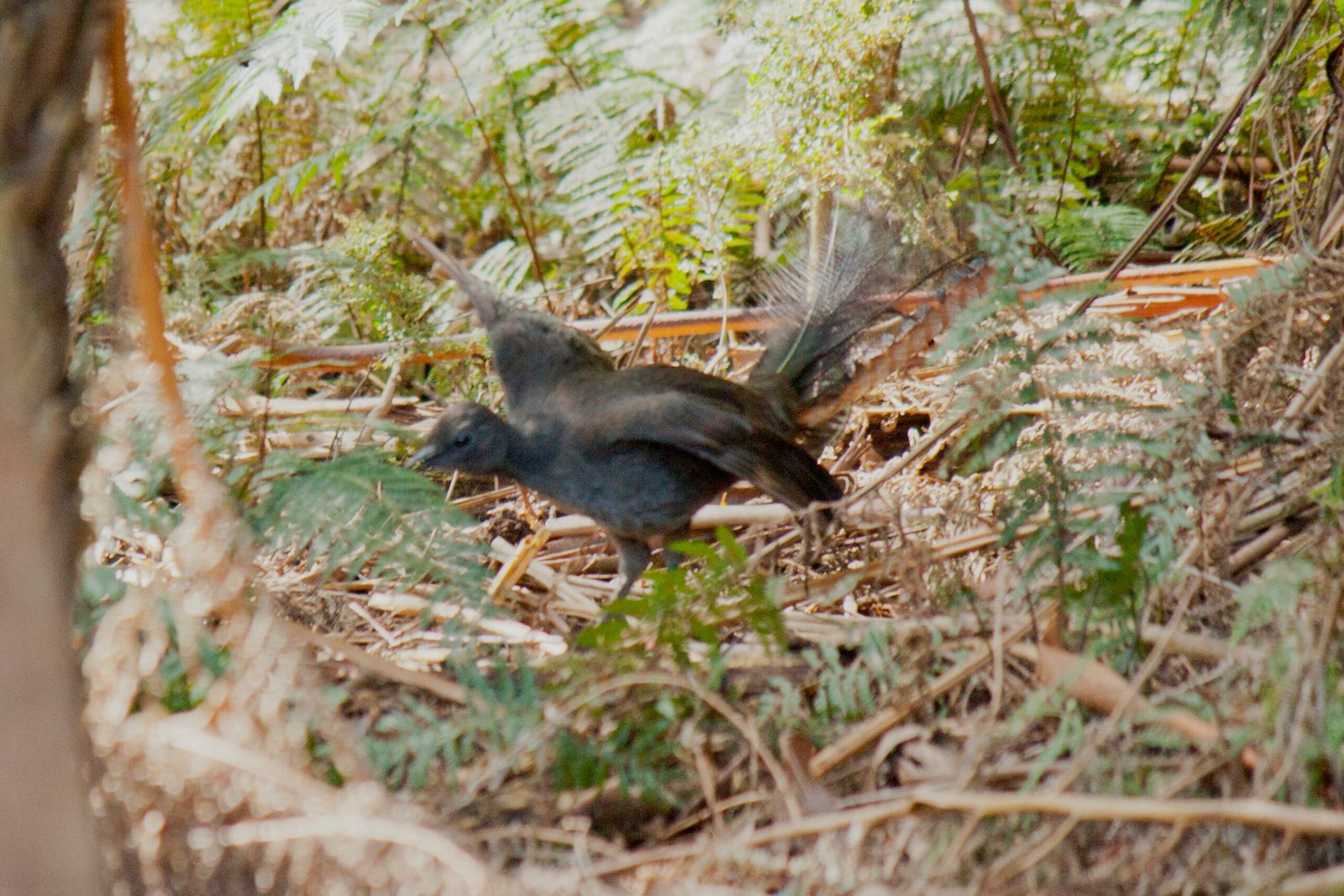
People who stumble upon a lyrebird’s performance often describe the experience as both hilarious and humbling. Imagine the confusion of a hiker who hears construction noises deep in the woods, only to discover a lyrebird as the source. Visitors to wildlife parks have been treated to lyrebirds mimicking mobile phone ringtones, car horns, and even snippets of human conversation. These encounters create unforgettable moments, sparking laughter and wonder at the bird’s uncanny abilities. The lyrebird’s performances remind us of nature’s capacity to surprise and delight in the most unexpected ways.
The Science Behind Mimicry: Evolution and Adaptation
Scientists have long been fascinated by the evolutionary roots of lyrebird mimicry. One prevailing theory suggests that female lyrebirds prefer males with the most diverse and accurate repertoires, driving males to constantly expand their range of sounds. Over thousands of years, this sexual selection has produced birds with unmatched vocal flexibility. Additionally, living in dense forests where visibility is low, vocal communication becomes essential. The ability to mimic a wide range of sounds may help lyrebirds stand out in a crowded soundscape, ensuring their songs travel farther and reach more listeners.
Lyrebird Songs Across the Seasons
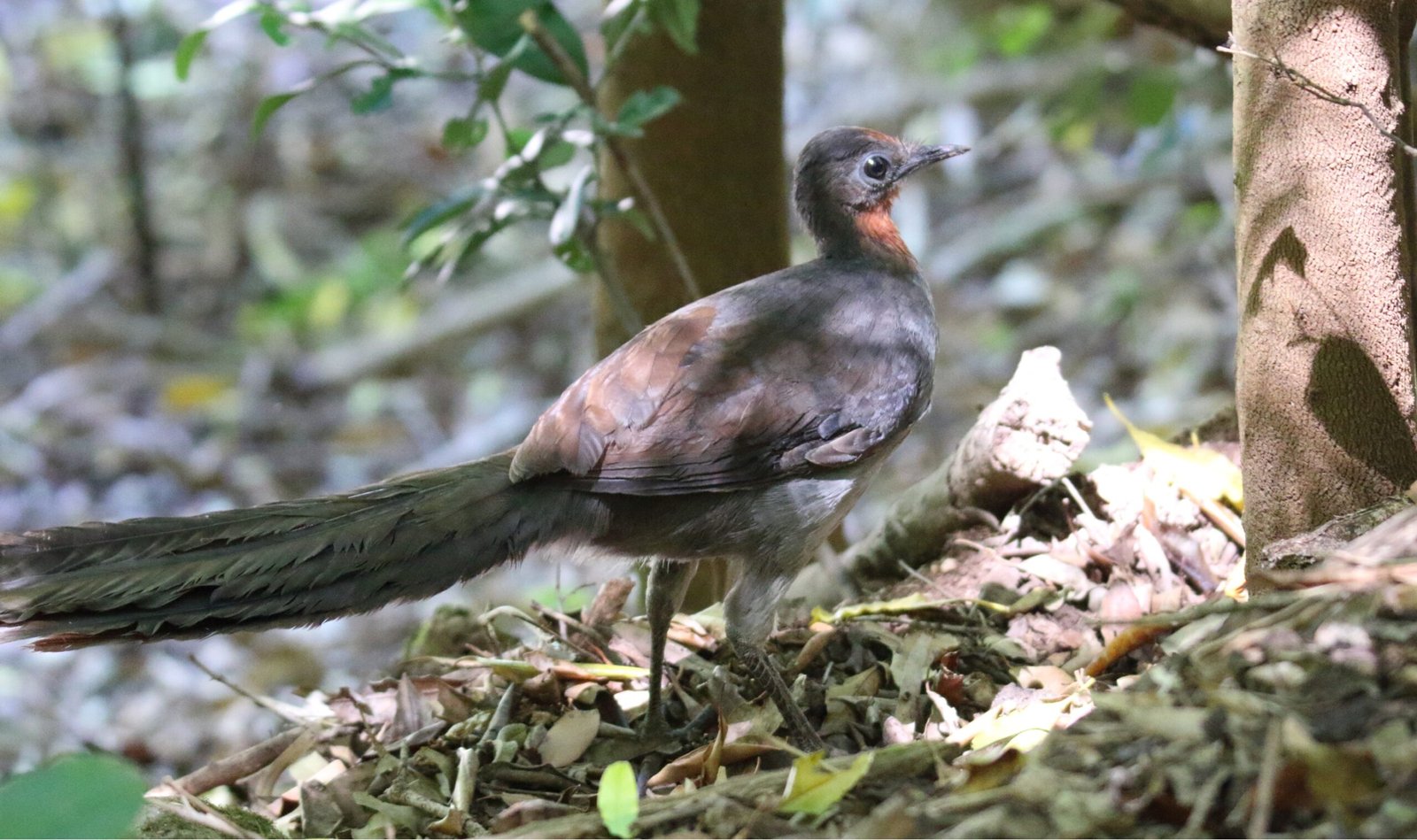
The lyrebird’s singing changes with the seasons, growing more elaborate during the winter breeding months. Males build display mounds and perform daily concerts, layering their own calls with imitations of everything from kookaburras to logging machinery. Outside the breeding season, lyrebirds sing less frequently, focusing on foraging and maintaining their territories. The seasonal ebb and flow of their songs adds another layer of complexity to their lives, reflecting cycles of energy, competition, and renewal.
Lyrebirds in Popular Culture and Folklore

The lyrebird’s fame extends far beyond the forests of Australia. It has become a national icon, appearing on coins, stamps, and even in children’s stories. Indigenous Australian legends celebrate the lyrebird as a bringer of music and a clever trickster. In modern times, documentaries and viral videos have showcased the lyrebird’s talents to audiences worldwide, cementing its status as one of the planet’s most extraordinary creatures. Its story continues to inspire artists, musicians, and storytellers, who draw on the bird’s magical voice for inspiration.
Challenges Facing Lyrebirds Today

Despite their remarkable abilities, lyrebirds face serious challenges in the modern world. Habitat loss due to logging, urban expansion, and devastating bushfires has threatened their forest homes. The sounds they mimic—once mostly natural—now increasingly reflect the encroachment of human activity. Conservationists are working to protect remaining lyrebird habitats, recognizing the bird’s vital role in Australia’s ecosystems. The survival of the lyrebird is a poignant reminder of the delicate balance between nature and human progress.
Why the Lyrebird Matters: More Than Just a Mimic

The lyrebird is not merely a bird that copies noises; it is a living symbol of adaptation, creativity, and resilience. Its song, woven from the world around it, tells a story of forest life, change, and survival. By listening to the lyrebird, we are reminded of the interconnectedness of all living things—the way environments shape behavior, and how animals respond to the challenges of their time. The lyrebird’s voice, at once ancient and startlingly modern, resonates with anyone who has ever marveled at the wonders of the natural world.
A Call to Listen: The Future of the Lyrebird
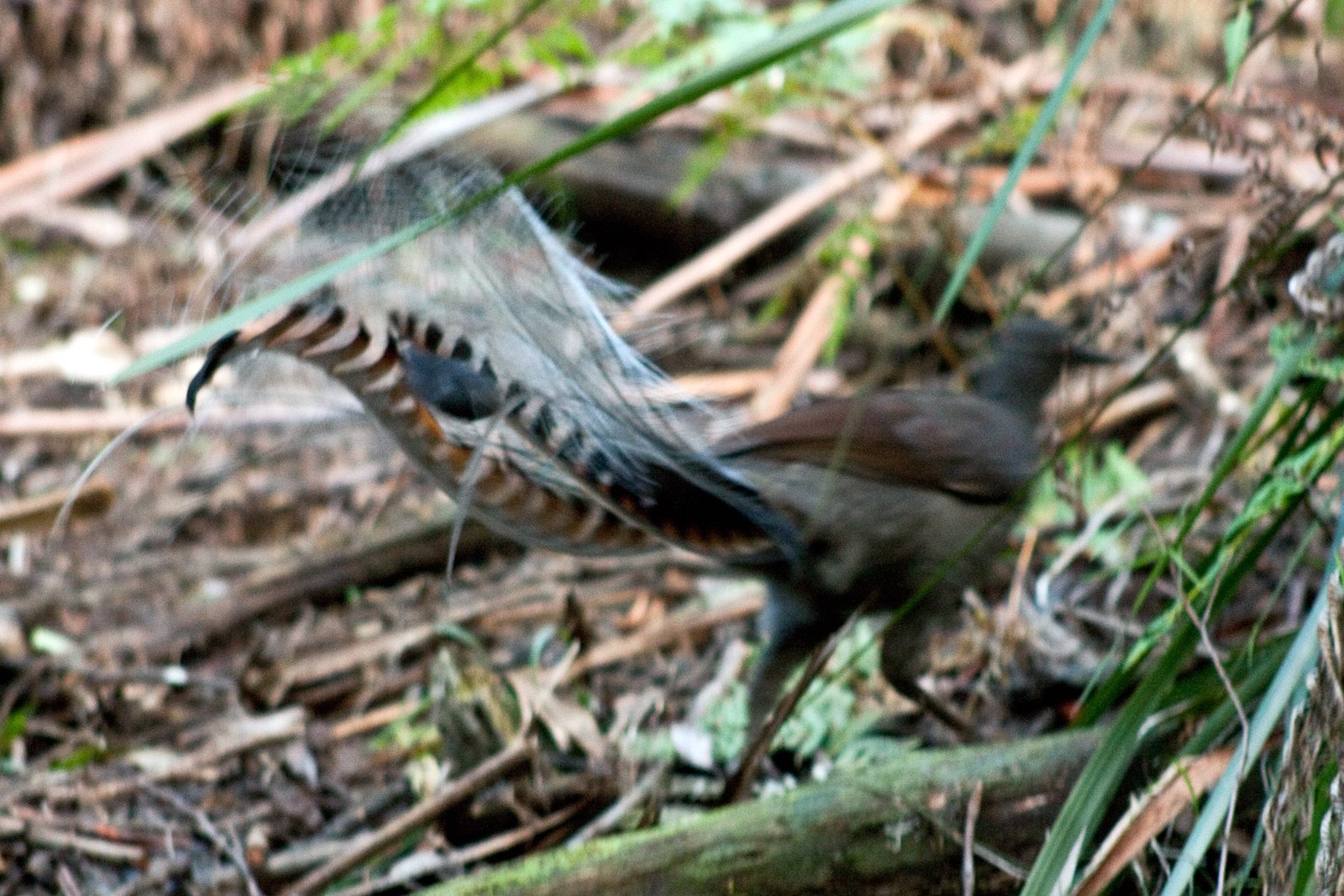
As we move deeper into the twenty-first century, the lyrebird’s song carries new meaning. It is a call to pay attention—to the sounds of the forest, the rhythms of life, and the stories that nature is still telling. Saving the lyrebird means protecting not just a bird, but an entire symphony of voices echoing through the wild. The next time you hear the mechanical buzz of a chainsaw or the ring of a phone, imagine a lyrebird somewhere, adding your world to its endless repertoire. What other secrets might the forest hold, waiting for someone to listen?

